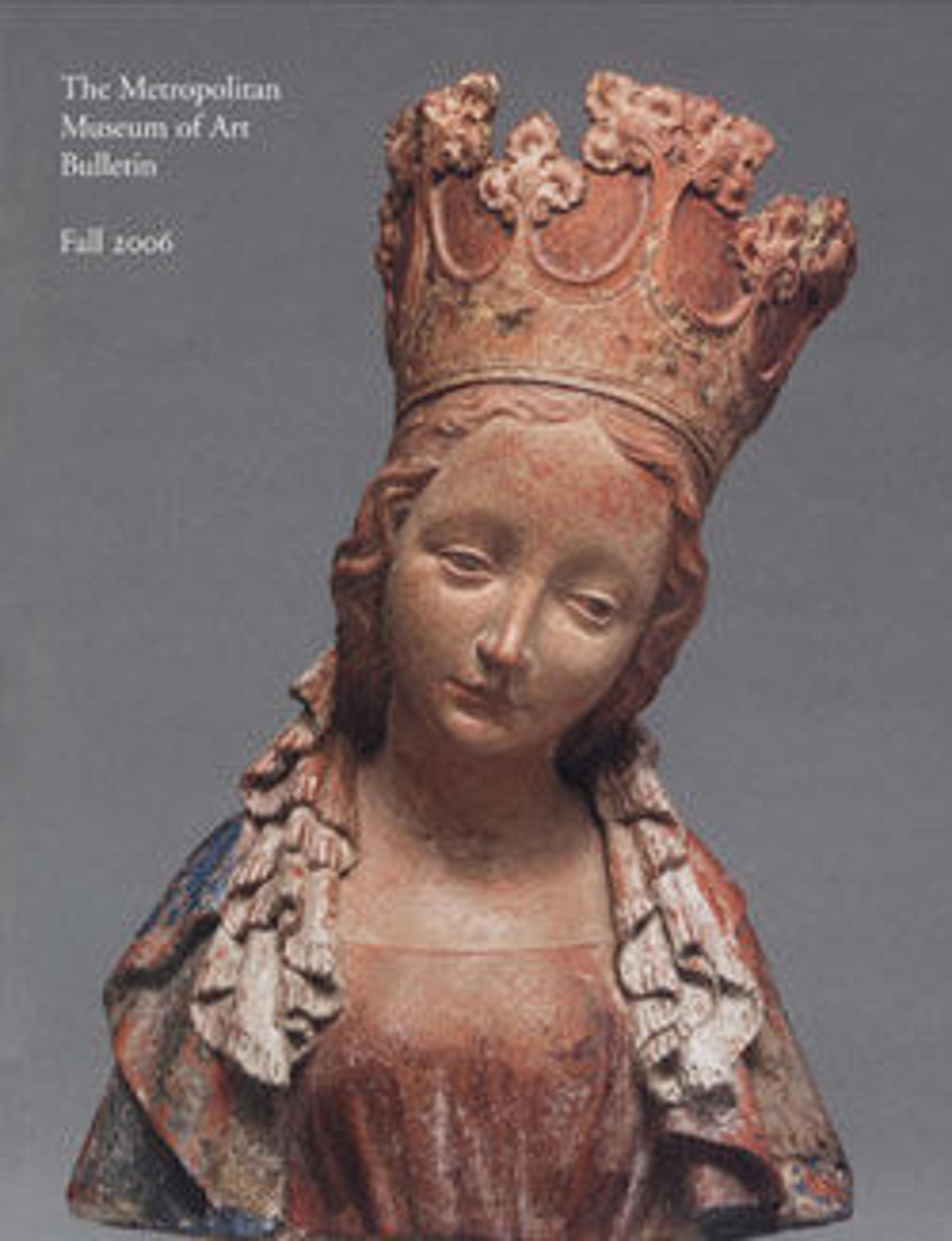Head of a Young Man in Three-Quarter View
While Giovanni Battista Tiepolo is most famous for the exceptional spontaneity of his quick sketches in pen and ink with wash, he was also a brilliant deliberate draftsman, with subtle powers of description, as demonstrated by his rarer chalk drawings. His life studies, in particular, seem to convey the psychological depths of his models through their animated physical gestures and closely observed, naturalistic details. This fresh, beautifully preserved study of a young boy's head is an example of the artist's mature work in a medium he began using in 1740-43: red chalk on blue-gray paper. It is exactly comparable in technique, style, and scale to two securely autograph sheets (Kupferstichkabinett, Berlin) from the mid-1750s, which were preparatory for his famous altarpiece compositions of the Martyrdom of Saint Agatha.
Artwork Details
- Title:Head of a Young Man in Three-Quarter View
- Artist:Giovanni Battista Tiepolo (Italian, Venice 1696–1770 Madrid)
- Date:18th century
- Medium:Red chalk, highlighted with white chalk, on blue-gray paper
- Dimensions:Sheet: 10 3/8 x 7 1/2 in. (26.4 x 19 cm)
- Classification:Drawings
- Credit Line:From the Collection of Rita and Frits Markus, Bequest of Rita Markus, 2005
- Object Number:2005.330.7
- Curatorial Department: Drawings and Prints
More Artwork
Research Resources
The Met provides unparalleled resources for research and welcomes an international community of students and scholars. The Met's Open Access API is where creators and researchers can connect to the The Met collection. Open Access data and public domain images are available for unrestricted commercial and noncommercial use without permission or fee.
To request images under copyright and other restrictions, please use this Image Request form.
Feedback
We continue to research and examine historical and cultural context for objects in The Met collection. If you have comments or questions about this object record, please contact us using the form below. The Museum looks forward to receiving your comments.
